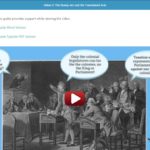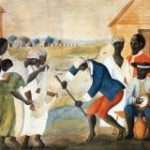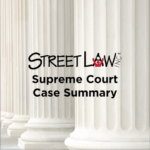In February of 1787, Congress authorized a convention, to be held in Philadelphia in May of that year, for the purpose of recommending changes to the Articles of Confederation. In what has come to be known as the Constitutional Convention of 1787, all of the states—with the exception of Rhode Island—sent delegates to debate how to amend the Articles of Confederation in order to alleviate several problems experienced by the United States after the War for Independence.
This lesson focuses on the problems under the Articles of Confederation between 1783 and 1786 leading to the 1787 Convention. Through examination of primary sources, students will see why some prominent American founders, more than others, believed that the United States faced a serious crisis, and that drastic changes, rather than minor amendments, to the Articles were necessary.



